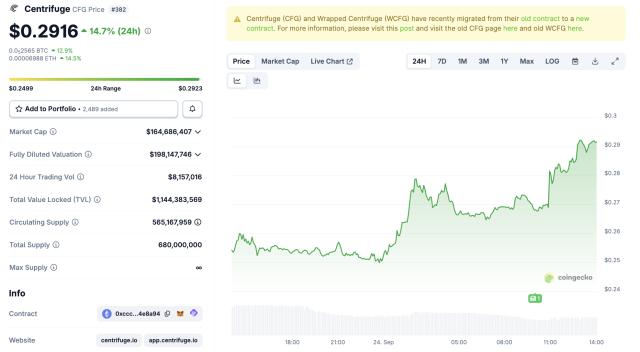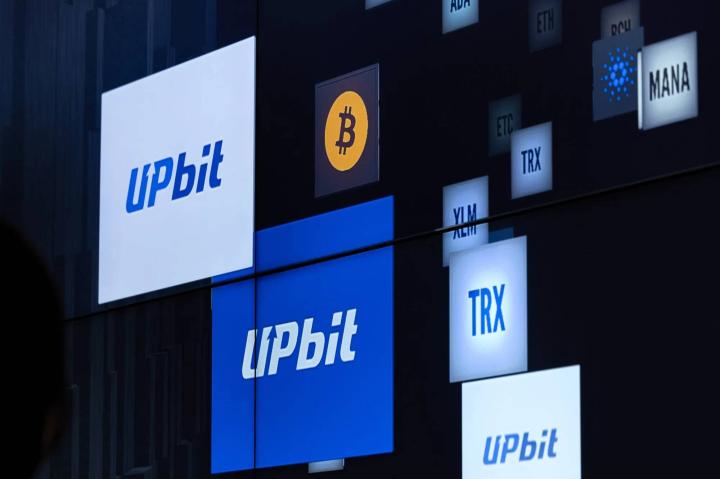Gate has launched Gate Layer, a layer-2 built on OP Stack, fully EVM compatible, making GateToken (GT) a gas Token and enhancing the deflation mechanism.
 Gate launches layer-2 Gate Layer, enhancing the functionality of GateToken (GT)
Gate launches layer-2 Gate Layer, enhancing the functionality of GateToken (GT)
On September 25, 2025, the Gate cryptocurrency exchange officially announced the launch of Gate Layer , a layer-2 blockchain built on OP Stack , fully compatible with EVM and using GateChain as the settlement Settlement Layer.
Gate officially launches its high-performance Layer 2 network, Gate Layer — with "All in Web3" leading a comprehensive upgrade of the GT ecosystem!
— GateLayer (@gatechain_io) September 25, 2025
Backed by GT Staking, Gate Layer delivers the perfect balance of performance and security:
🔹 Supports 5,700+ TPS with 1-second… pic.twitter.com/FDrFo5hfnz
According to the announcement, Gate Layer aims to solve the inherent “bottlenecks” of blockchain such as high Gas Price and slow confirmation speed. This blockchain can handle more than 5,700 transactions/second, with Block generation time of only 1 second at extremely low costs, 1 million transactions cost less than 30 USD.
Additionally, Gate Layer integrates with LayerZero to support cross-chain interoperability with many major blockchains such as Ethereum, BSC, Polygon, Solana, making it more convenient for users to move assets without relying on other centralized platforms.
Gate's “All in Web3” Strategy
Not only launching layer-2, Gate also aims to deploy a service ecosystem revolving around Gate Layer with:
Perp – decentralized Derivative platform for perpetual futures, with deep liquidation , CEX-like experience.
Gate Fun – a “no-code” launchpad that allows developers, meme projects and startups to easily Token Issuance at low cost.
Meme Go – cross-chain platform for tracking and trading memecoins in real-time, supporting multiple major blockchains, integrating low-latency order matching engine.
GateToken (GT) Upgrade
- In the new ecosystem, GT (GateToken) officially takes on the Vai of the sole gas Token of Gate Layer. All on-chain activities on Gate Layer including transactions, smart contract deployment, Non-Fungible Token Mint , cross-chain asset transfers must pay fees in GT.
- In addition, to maintain the long-term value of GT, Gate has also applied a double deflation mechanism including:
- Scheduled Burns : Every quarter, Gate will burn a portion of GT based on the business performance and operations of the exchange. All burn data is publicly transparent, allowing the community to directly monitor.
- Automatic on-chain burn according to EIP-1559 mechanism: for every transaction on the Gate Layer, the base fees will not be paid to the validator but will be burned permanently from the supply.
- As of Q2/2025, a total of 180,555,112 GT have been burned permanently, equivalent to 60.18% of the initial total supply of 300 million GT.
GateChain Upgrade
- In parallel with the launch of Gate Layer, Gate also deployed an important upgrade for GateChain to version v1.20 to support the operation of the new Layer 2 .
- In this update, GateChain adds blob transaction feature (EIP-4844), significantly improving on-chain data processing capabilities, allowing for much higher throughput than before.
- In addition, GateChain's EVM is also upgraded to the Cancun standard, expanding the compatibility range and supporting the deployment of more complex smart contracts, serving the diverse needs of the DApp ecosystem.
- The upgrade also integrates 12 additional EIPs, including important EIPs such as EIP-2565 and EIP-2929, which help optimize Gas Price, improve safety, and enhance network operating efficiency.
Evidence
- GT price did not fluctuate much after this news, recording a slight increase of 1.8% in the past 24 hours and is currently fluctuating around $16.47.
 GT price movement in the last 24 hours, screenshot on CoinGecko at 11:00 AM on 09/25/2025
GT price movement in the last 24 hours, screenshot on CoinGecko at 11:00 AM on 09/25/2025
Coin68 synthesis






